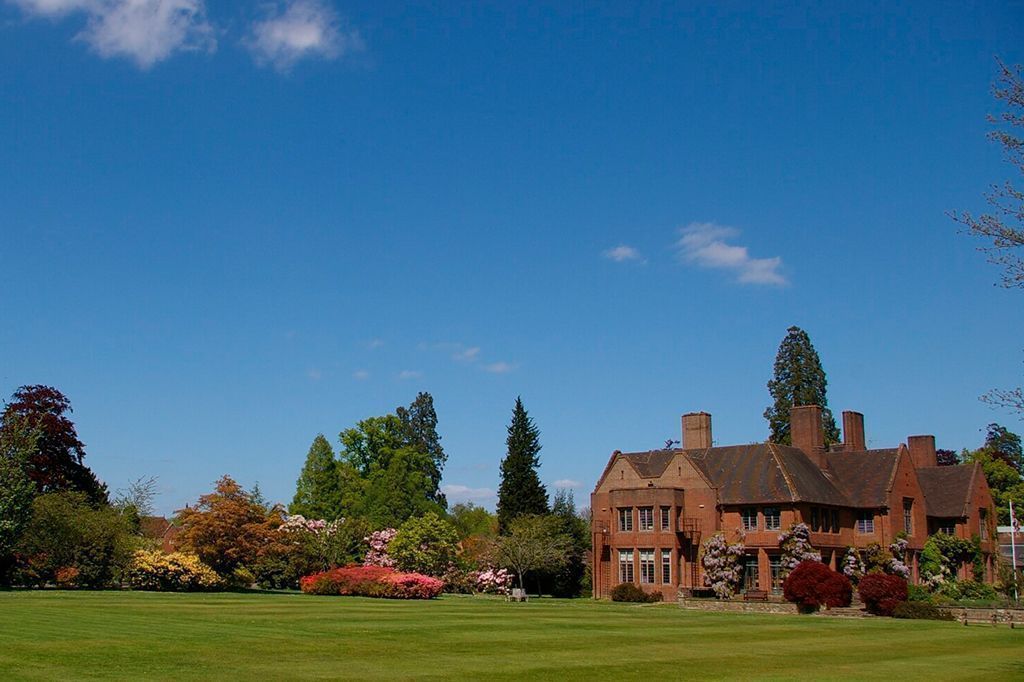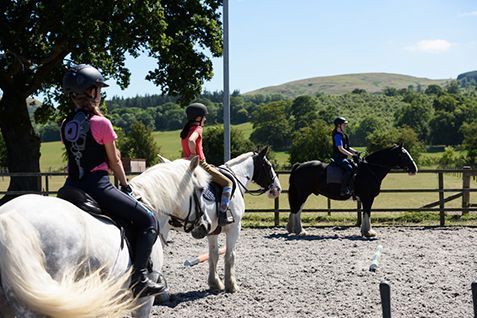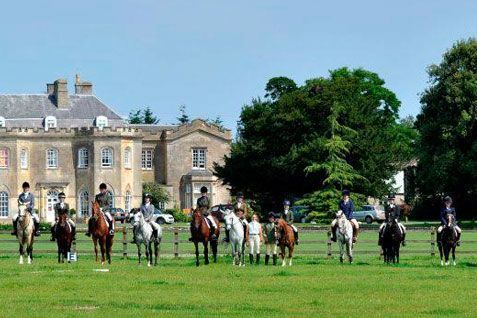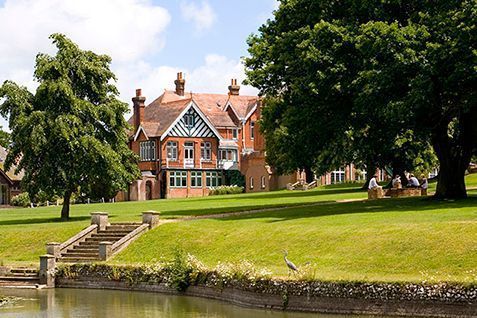A journey through culinary specialties from different regions of the UK, from Scottish Haggis to Cornish Fish Pie.
British Food
British food has deep roots that reflect its rich history and diverse cultural influences. Traditional British cuisine is influenced by a variety of factors, including geography, climate, agriculture, trade, and historical events. Historically, British food has been shaped by the availability of local ingredients such as meats, fish, grains, and vegetables, as well as by the introduction of foreign ingredients through trade and exploration.
Early British cuisine was characterised by simple, hearty dishes prepared with locally sourced ingredients. The diet of the common people often consisted of staples like bread, grains, root vegetables, and dairy products, supplemented by whatever meat or fish was available. Over time, trade and colonisation brought new ingredients and cooking techniques to Britain, leading to the incorporation of spices, herbs, and flavours from around the world.
In more recent times, British food has evolved to embrace a diverse range of influences, including European, Asian, Middle Eastern, and African cuisines. Today, British cuisine is known for its comfort foods, pub classics, and regional specialties, as well as its thriving food scene characterised by innovative chefs, artisanal producers, and multicultural influences

UK specialities
The United Kingdom is home to a range of famous dishes and ingredients, ranging all the way from the traditional haggis in Scotland, all the way down a Cornish pasty in the South West of England. Often esoteric, British cuisine sets itself apart from the rest of the world with its multicultural influence as well as the unique use of flavours and ingredients.
As rated by the British public, these are the top 10 British dishes that you can make yourself…
- Sunday Roast (with all the trimmings)
- Fish and Chips
- Shepherd’s Pie
- Full English Breakfast
- Bangers and Mash
- Haggis
- Ploughman´s Lunch
- Lancashire Hotpot
- Apple Crumble
- Cream tea
Haggis
Haggis is a very traditional Scottish dish, although many cultures are known to have experimented with the unique ingredients, modern day recipes are generally known as distinctly Scottish. The first records of a Haggis date back to 1430 when it was first referred to as ´hagws of a schepe´ in period cookbooks.
It is considered to be a savoury pudding containing sheep´s pluck (heart, liver and lungs), minced with onion, oatmeal, suet, spices and salt, mixed with stock, and cooked whilst traditionally encased in the animal´s stomach. According to the 2001 English edition of Larousse Gastronomique: ´Although its description is not immediately appealing, haggis has an excellent nutty texture and a delicious savoury flavour´.
Haggis is mostly consumed as part of Burns Night, this occurs on or around 25th January and is a celebration of Scotland’s national poet, Robert Burns. In Burns´ lifetime, haggis was a common dish of the poor as it was cheap but very nourishing. In the north east of Scotland, from Aberdeen northwards, in addition to the customary neeps and tatties, haggis is commonly served with mince.
Cornish fish pie – ´Stargazy Pie´
Cornish fish pie, sometimes called a stargazy pie, originates from the village of Mousehole in Cornwall, and is traditionally eaten during the festival of Tom Bawcock´s Eve, to celebrate his heroic catch during a very stormy winter.
Stargazy Pie is a pastry-based fish pie, which by tradition is filled with whole pilchards (sardines). It is critical that the sardines heads remain intact so they can poke out the top of the pie, as though they are ´gazing at the stars´, hence the name…

A traditional British menu for your next dinner party
Next time you’re planning a dinner party, why not try making it inspired by British cuisine? Here’s a three-course menu featuring some of our favourite British dishes that are sure to wow your guests.
This menu contains the best of British cuisine, starting with fresh roasted vegetables and finishing with a delicious toffee pudding that is a favourite in most homes in the country.
Starter: Roast Parsnip Soup
Ingredients:
– 500g parsnips, peeled and chopped
– 1 large onion, chopped
– 2 cloves of garlic, minced
– 1 litre vegetable or chicken stock
– 1 tablespoon olive oil
– Salt and pepper to taste
– Fresh thyme for garnish
– Cream (optional)
Instructions:
- Heat olive oil in a large saucepan over medium heat. Add chopped onions and garlic, sauté until softened.
- Add chopped parsnips to the pan, season with salt and pepper, and cook for a few minutes.
- Pour in the vegetable or chicken stock, bring to a boil, then reduce heat and let it simmer for about 20-25 minutes or until parsnips are tender.
- Once cooked, use a blender to puree the soup until smooth.
- Adjust seasoning if necessary. If desired, swirl in some cream for added richness.
- Serve hot, garnished with fresh thyme leaves.

Main Course: Traditional Beef Wellington
Ingredients:
– 500g beef fillet
– Salt and pepper to taste
– Olive oil
– 250g mushrooms, finely chopped
– 2 cloves of garlic, minced
– 1 tablespoon butter
– 1 tablespoon fresh thyme leaves
– 500g puff pastry
– 1 egg, beaten (for egg wash)
Instructions:
- Preheat oven to 200°C (390°F).
- Season the beef fillet generously with salt and pepper. Heat olive oil in a skillet over high heat and sear the beef on all sides until browned. Set aside to cool.
- In the same skillet, melt butter and sauté chopped mushrooms and garlic until all the moisture has evaporated. Season with salt, pepper, and thyme. Remove from heat and let it cool.
- Roll out the puff pastry on a floured surface to a rectangle large enough to wrap the beef fillet.
- Spread the mushroom mixture evenly over the puff pastry.
- Place the seared beef fillet in the center of the pastry and carefully wrap it with the mushroom-coated pastry.
- Brush the pastry with beaten egg to glaze.
- Place the Wellington on a baking tray lined with parchment paper and bake in the preheated oven for about 25-30 minutes or until the pastry is golden brown and the beef is cooked to your liking.
- Let it rest for a few minutes before slicing. Serve hot.

Dessert: Sticky Toffee Pudding
Ingredients:
– 200g pitted dates, chopped
– 200ml boiling water
– 1 teaspoon vanilla extract
– 150g self-raising flour
– 1 teaspoon baking powder
– 100g unsalted butter, softened
– 150g brown sugar
– 2 eggs
For the Toffee Sauce:
– 100g unsalted butter
– 100g brown sugar
– 150ml double cream

Instructions:
- Preheat oven to 180°C (350°F). Grease a baking dish with butter.
- In a bowl, pour boiling water over chopped dates and let it sit for about 10 minutes. Then, stir in vanilla extract.
- In another bowl, cream together softened butter and brown sugar until light and fluffy. Beat in the eggs, one at a time.
- Sift flour and baking powder into the mixture and fold until well combined.
- Fold in the soaked dates along with any remaining liquid.
- Pour the batter into the greased baking dish and bake for 30-35 minutes or until a skewer inserted into the center comes out clean.
- While the pudding is baking, prepare the toffee sauce. In a saucepan, melt butter and brown sugar over low heat. Once melted, stir in double cream and simmer for a few minutes until thickened.
- Once the pudding is baked, prick it all over with a skewer and pour some of the toffee sauce over the top. Serve the remaining sauce on the side.
- Serve the sticky toffee pudding warm with a dollop of whipped cream or a scoop of vanilla ice cream.
Enjoy your traditional British dinner!


















